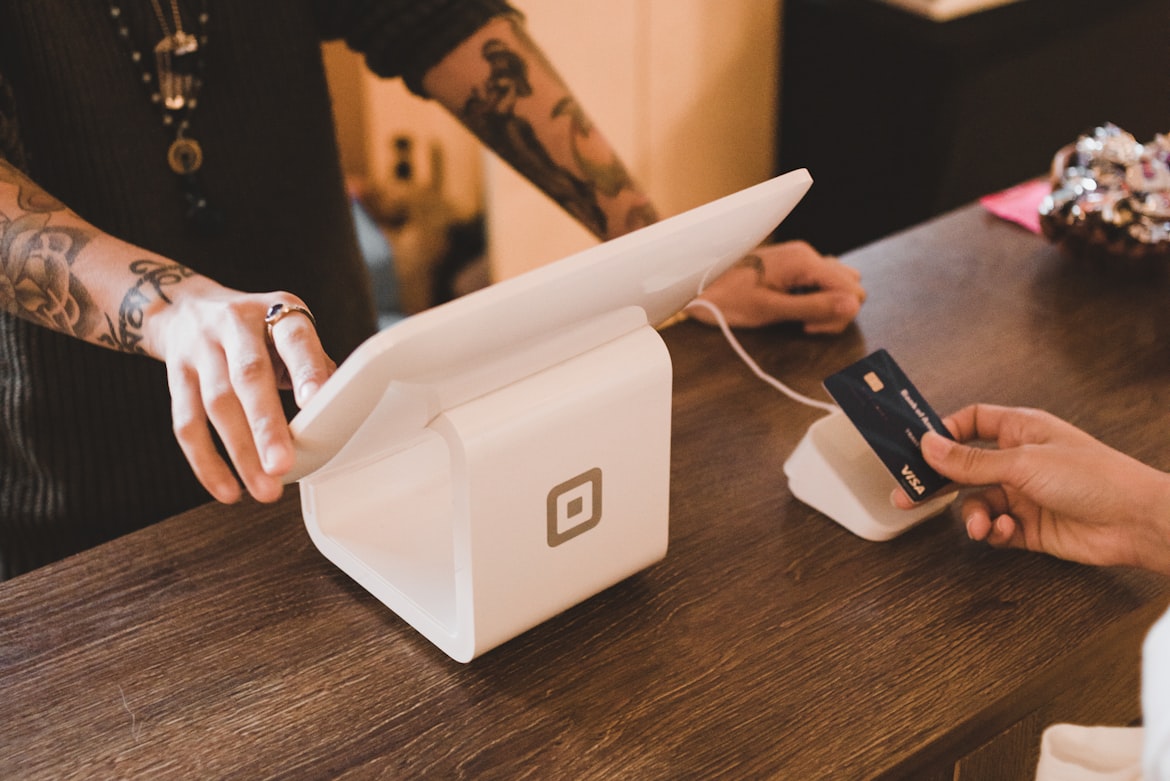There is a lot of new technology making the rounds in North America, and typically they’re always the first to take Silicone Valley up on everything they have to offer, so why is the public blanking on contactless payment methods? Is there no merit in it? We don’t think so. We’re breaking down the benefits of digital payments and how it is performing around the world.
It Has Already Dominated Europe And Asia
Surprisingly, America is quite behind the rest of the world when it comes to digital payments. Covid 19 certainly helped, but contactless payment methods have been gaining traction for over a decade in Europe and Asia.
However, initially, contactless payment methods were reserved for chain companies. Little mom and pop stores, newsagents and cafes simply stuck to accepting cash or inserting the card. But with Covid 19 causing everyone to be more aware of what they are touching, suddenly posters went up in storefronts saying that they do not accept cash.
This made them invest in contactless payment machines. A lucky coincidental trend in the price of these smart readers coming down in price meant that there was only an upfront cost starting at €30.
It might not surprise you that Asia is at the forefront of FinTech advancements. China, in particular, has become a global leader in linking all things technology and finance. In fact, China is looking to create their own national digital currency, along the same lines as cryptocurrency, hence banning the competition from the nation in late 2021. With tech hubs like Singapore and Japan in the same area code, it’s no surprise that the people have embraced the contactless payment method, whether it is yen coming out of their cards or the many various crypto options.
Despite this momentum change, Americans are still holding onto cash, cheques, or going through the process of a money order. It’s worth pointing out, too, that cheques have been mostly out of circulation for decades. They are now mainly kept for special occasions, like mailing a birthday present in the form of money or buying some bigger items upfront, such as a piece of furniture. FinTech solves all of these problems.
What Are The Benefits Of Contactless Payment Methods?
Of course, tapping your debit card on a reader doesn’t mean you’ve just spent some Bitcoin. It isn’t reserved for the crypto community. Instead, anyone can tap their card or phone against a reader and get an approval message saying they have indeed just paid for that fourth coffee this morning.
This is the best selling benefit of contactless payment methods: they’re convenient. There is a good three seconds of waiting for your payment to be approved where you are staring at the machine, or making small talk with the cashier, but other than that, it’s a tap-and-go situation. To add to the convenience, you can download your bank card into your phone. Without the need for a bank card or any cash, you’ve almost eliminated the need for a wallet entirely, unless you’re very attached to your library card or photos of your wife and kids. Women who lament the lack of pockets in jeans and skirts will understand how much better being without a purse will feel.
Other benefits include the security element. Going back to cheques for a moment, they’re considered very distrusted elsewhere, due to the fact that they can be forged and destroyed. Contactless payment might have a limit. Since COVID-19, it has been increased in various territories, including in the US, but if you need more you simply insert your card and input your pin. And the transaction is done through end-to-end encryption, so you’ve almost no chance of getting hacked.
They Have More Uses Than Traditional Payments
A contactless card is a smart card which coordinates with a smart reader. This all comes under the term “smart tech” or Self-Monitoring Analysis and Reporting Technology. Smart tech has applications all over different industries, including security, retail, and energy conservation.
But putting aside the Ring doorbells and smart lights of the world and focusing on smart cards there are a lot of applications for retail and hospitality.
The main perk is access. You might even see smart cards in modern office blocks being used as access passes into the building. In hotels they can offer access to exclusive areas like the spa or gym, in cafes they can offer a built-in loyalty card, and remember we mentioned library cards? If you were to carry around all that in your hand and the ability to pay for your items with it, wouldn’t you take upon it?
For the most part, you do. Your phone already acts as a loyalty card and QR codes are being used to access everything from gigs to gyms. Making smart cards is very affordable, so as financial tech develops, we’re likely to see an expansion of what contactless cards can do and likely a phone app alternative for those with only fake pockets sewn into their jeans.


